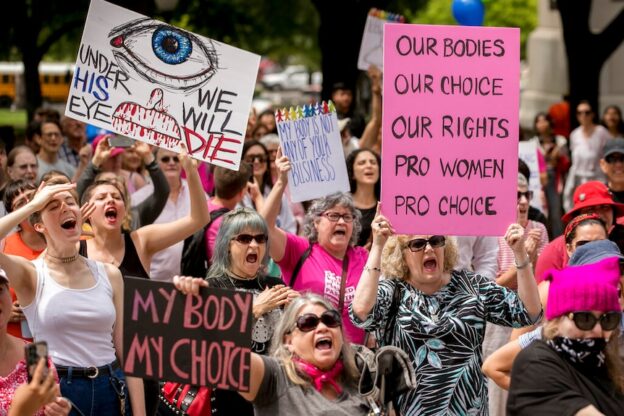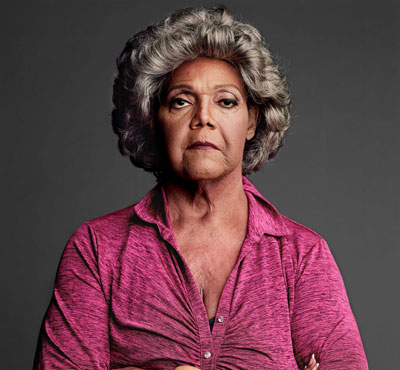The argument over whether abortion should be illegal or not has persisted for decades. Categorizing abortion as a crime in the political agenda has had a large impact on women, creating fear and uncertainty within the community. Abortion is of such significance due to the fact that much of society viewed it as an illegal taboo, a belief that still exists today. Those against abortion argue that it is akin to murder, and thus criminal in nature. When it comes to the accessibility of safe and legal abortions, women have little to no option in certain parts of the world. Even where abortion is permitted by law, women are often met with dangers to their safety due to the lack of proper regulation, health services, and/or political will.
Women’s organizations across the world continue to fight for the legalization of abortion and for the safety of those who choose to undergo the procedure. Their fight does not go unheard of as we have seen an increase in international human rights law supporting the positions of these organizations. After an immense amount of time and dedication to research and outreach from these world organizations , one thing is for certain. The common idea is that women, not society, should have the right to decide what they would like to do to their bodies as it is their own. Women should have the sole rights to decide what they would like to do about reproductive health in regards to their body.
In the Youtube video “The Abortion Divide (full documentary) | FRONTLINE”, the choice of abortion is not an easy one, however, they follow through with their decisions due to either personal or environmental factors. One of the women in the documentary explained that she was getting an abortion because she had unprotected sex with someone that she had been seeing once and she thought she would be okay. A few months later she realized she was actually pregnant. I firmly believe that she, along with all women, have the right to make their own decision when it comes to their body. The woman is the one who will take on the process of going into labor and giving birth, it is they who will have to tend to their bodies in the aftermath. Abortion is not an easy option for many, but given the emotional and physical turmoil women have to endure, perhaps it is the answer that is needed.
Abortion is a procedure that needs proper regulation. Policies that move towards informing, towards providing healthy and safe resources should be enforced rather than shamed. Encouraging an environment wherein women can feel supported and validated when going through an abortion is a step in the right direction.




